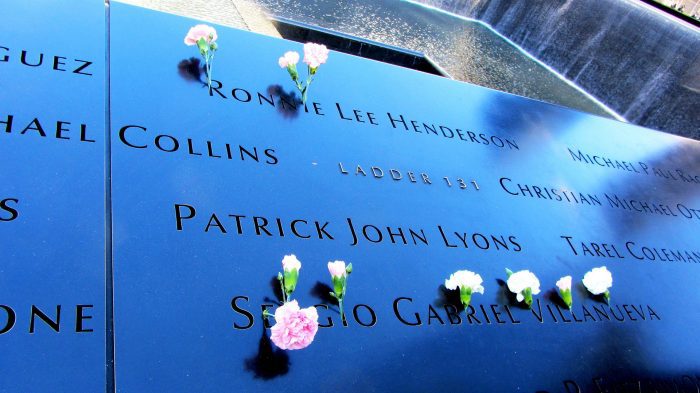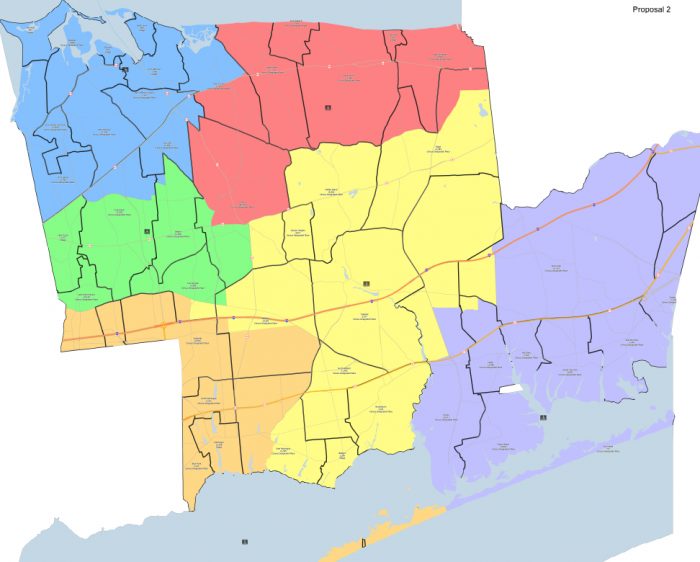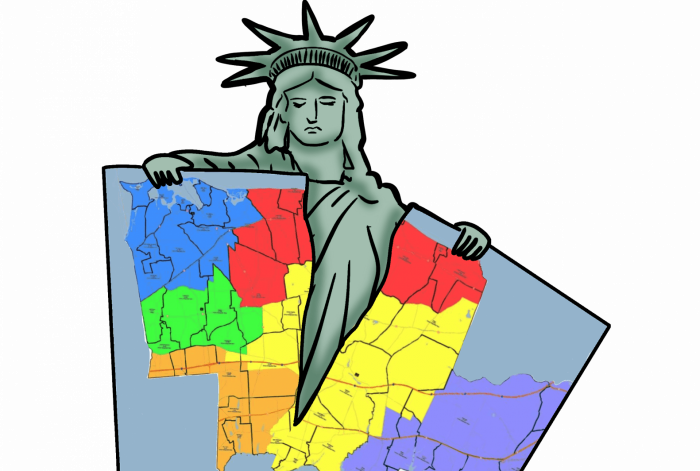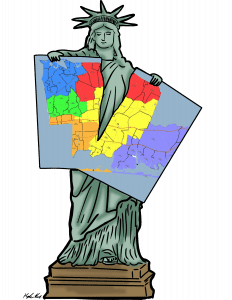Last month, President Joe Biden (D) signed the Inflation Reduction Act, a comprehensive investment package which covers taxes, health care and climate measures, too.
The climate portion of this act provides coastal communities across the U.S. with access to $2.6 billion over five years in federal funding through grants distributed by the National Oceanographic and Atmospheric Administration, or NOAA. These funds can be used for projects not only in response to sea-level rise and heavy storms but also to help communities to become more resilient against such disturbances.
Green infrastructure is a new trend in coastal resiliency that offers an alternative to traditional, human-engineered construction, also known as gray infrastructure. These are nature-based solutions, working with rather than against the natural terrain to battle the negative effects of climate change and related issues.
It is vital that Long Island communities make an aggressive plea for green infrastructure funding offered through the recent federal act.
Instead of resigning ourselves to unsightly, inflexible, retrograde man-made sea walls to fight beach erosion, municipalities should explore more natural solutions for coastal hardening.
According to the U.S. Environmental Protection Agency in July, “During the 20th century, global sea level rose by roughly 7 inches. Global temperatures are expected to continue to climb, resulting in rising sea levels, amplified storm surges, greater frequency and intensity of storms.”
Our era will be defined by these changes. Entire communities may soon be washed away. As shorelines continue to erode, homes and critical infrastructure will follow suit.
The EPA suggests measures such as using plants, reefs, sand and natural barriers to create a living shoreline which in turn can reduce erosion and flooding. Wave heights can be reduced by restoring wetlands that serve as buffers against the water’s velocity and intensity.
Vegetative shorelines also help to improve water quality, aquatic habitat and carbon sequestration. Living shorelines also don’t have to be one thing. Designers can use native wetland plants, stones and rocks, oyster reefs, mussel beds and more to create different shorelines.
In many cases, natural solutions can be more cost-effective than gray infrastructure. Structures such as seawalls can deteriorate quickly after they are constructed, and they can be difficult and costly to repair and replace. Green alternatives can be more cost-effective, even though some critics say it is time consuming to replenish them.
Of course, while choosing natural resources may work in some situations, in certain circumstances a home may be ready to fall in the water, and a seawall may be the only or quickest answer to saving the property.
To meet the demands of this century, we must radically adjust our thinking. We are competing with other coastal communities nationwide for limited grant funding. If we choose to avoid the difficult environmental realities of our time, we are going to get passed by. In the intermunicipal survival of the fittest, communities that adapt themselves to the changing circumstances will survive and thrive. Those that don’t will wither away with the coastline.
To survive, we must adapt to the new pressures of an ever-changing environment. Moving forward, rigidity and narrow-mindedness will be our worst impediments, adaptability and realism our greatest resources.















